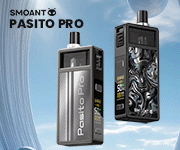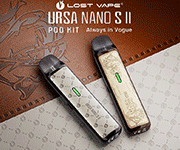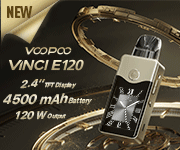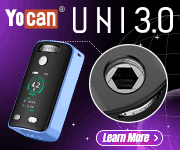Swagged from somewhere web like.
Temperature Ratings:
The maximum operating temperature refers to the highest temperature the wire can handle without sustaining damage. In practical applications, this is where you will see the most difference between the wires.
Nichrome 80 has a melting point of about 2,462 °F while Kanthal has a melting point of about 2,732 °F. While in practical applications, you are very unlikely to see a temperature that high. What that means for you though is that Nichrome does have a tendency to sag if it is dry fired too heavily. It is highly recommended to feather the button as you're breaking it in.
Resistance (ohms):
Resistance is affected by volume, diameter, and the length of the wire.
Thinner wire has higher resistance than thicker wire. Craig always tells us "Think of it like a pipeline. The bigger the pipeline (thicker wire) the easier it is to move through it (lower resistance).
The longer the section of wire, the higher the resistance.
Nichrome 80 has a lower resistance per length compared to Kanthal, meaning it will heat up faster. Great for mech mods and people who don't like ramp-up time.
Specifications:
Nichrome 80
- Melting Temperature: 1350°C (2462°F)
- Maximum Operating Temperature: 1200°C (2192°F)
- Density: 0.2979 lbs/cubic in.
Kanthal A1
- Melting Temperature: 1500°C (2732°F)
- Maximum Operating Temperature: 1400°C (2550°F)
- Density: 0.256 lbs/cubic in.
Conclusion:
The wire you like is going to vary from person to person. The benefits of Kanthal are it is more sturdy, it can take more heat, and a lot of people find it easier to wrap with because it stays in place better. Nichrome 80 heats up faster, loses its heat faster, and doesn't contain iron. Nowadays, some people are even mixing the two in advanced builds like claptons, aliens, etc.
















